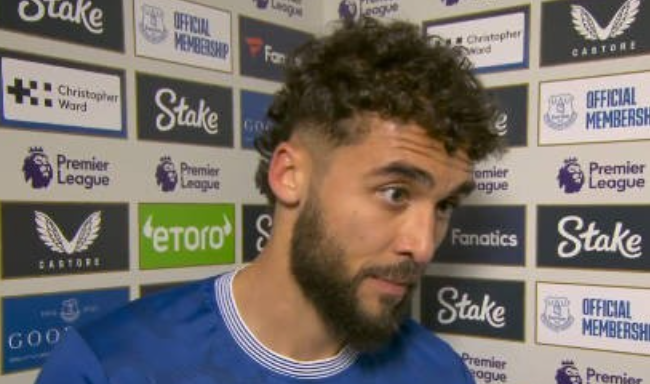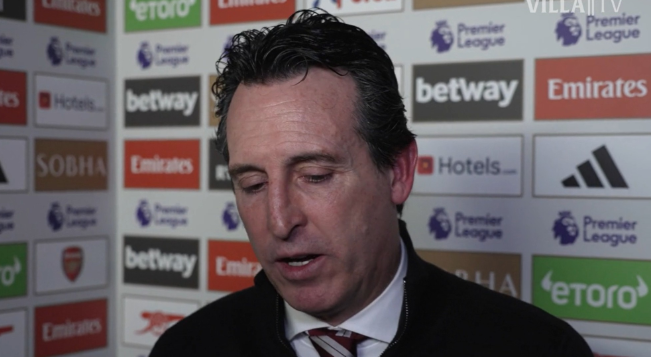
A giants' duel is on the cards in the second round of the Premier League schedule, with Chelsea set to face far-flung Tottenham Hotspur on their own home turf.
Although the outside world focuses on the two coaches on the sidelines and the referee's controversial decisions, but the two tacticians on the field of command scheduling, undoubtedly is the key factor in this London derby stalemate and wonderful. Without further ado, let's cut to the chase.
Information and images from: Whoscored, FotMob, Eldar TV.
[Disclaimer] Screenshots of the Airdale TV broadcast are only used to support the narrative of the article and to facilitate the sharing of views with soccer fans, without any commercial intent.
This year marks the 30th anniversary of the Premier League, and the two London teams have played each other exactly 60 times. Of those 60 Premier League matchups, Chelsea lead the way with 33 wins, while Tottenham have just seven, and an even more dismal away record in West London, with just one win. The last time Spurs beat Chelsea in the league was back in 2018 (excluding domestic cup games).
As a result, Chelsea have an absolute advantage in terms of head-to-head record, almost completely overpowering Tottenham Hotspur.
Both teams kept their starting lineups largely the same this time around as they did in the previous game. For Chelsea, Conte made no changes, while Tottenham Hotspur's Tuchel fine-tuned his starting lineup, replacing captain Aspilicueta with Reece James and placing Loftus-Cheek in the right midfield position.
This adjustment had a significant impact on the first half of the battle, so let's keep the suspense and get right to the game analysis.
The game started with Spurs continuing their tactics from last season and the opening game, with three center backs making the most of the width of the pitch, and a double midfield usually with Bentancur dropping back to share the organization. The twin arrows of Son and Kulusevski cut slightly inside to the center of the pitch, making it easier for the two wingbacks to move up.
For more detailed analysis of Tottenham's tactics, readers can refer to the author's previous article.
In terms of pressing forward, Spurs continued to use a one-on-one approach.
Conte's defense is known for its discipline, and after breaking through the press in front of them, Son and Kulusevski also quickly dropped back to form a 5-4-1 formation. In this game, the four midfield lines were significantly narrower compared to the previous game, limiting Chelsea's chances of penetrating from midfield and forcing their opponents to choose only to attack from the wings.
Chelsea, for their part, were clearly prepared for the match, having prepared well for it with a targeted deployment.
The Blues' defensive discipline is commendable, as they do not take the initiative to force the opposing center backs, but rather use blocking passing routes to disrupt the Tottenham's organization, and even when faced with a wide-open Tottenham trio of center backs, the front line of defense does not spread out too much, forcing the Tottenham to only open up at the back to give up possession of the ball.
See below, where Mount and Havertz work closely together to form a two-man team to cover the line, and Kante, who is tasked with keeping an eye on Bentancur, also gets forward to prevent the ball from being taken. Even when moving to the right to pull back Kulusevski, Chelsea's backline was able to quickly move up and position themselves, giving Spurs no chance at all to get the ball in the middle of the field.
In attack, Chelsea's twin midfielders were at a numerical disadvantage against a four-man midfield and a narrowing defense, but as long as Joao Gilberto Fernandez was in the side, the Blues faced no problems at all against the press. Given a little time, the Italian was able to turn the ball quickly and smoothly to lift the pressure. With Munter regularly pulling back from the weak side (the side without the ball), once a successful pass is made to Munter's feet, he can quickly advance and follow up with Cucurella for an Overlap or Halfspace, creating a localized multi-player game. We saw this play quite a few times in the first 15 minutes.
Chelsea had another trick up their sleeve, and that was to convert to a four-at-the-back formation when dynamically organized, with Reece James drastically moving up to participate in the attack. This is where the value of Tuchel's placement of Loftus-Cheek in the starting lineup became apparent, as he went Overload on the left with James and Havertz, creating a numerical advantage and taking advantage of the gaps in the disorganized Tottenham defense to create a wave of threatening attacks. Most of Chelsea's threatening attacks in the first half came from the right.
Loftus-Cheek, coming from a midfield background, had a great game with his timing going forward and his defense. Even Tottenham fans had to praise him for his performance in this game.
As for the first goal, it was again a defensive issue at set pieces, a problem that has plagued Spurs for years and still hasn't improved. Can't understand why so much space is left for opposing center backs, is it to maintain Covid-19's social distance?






























